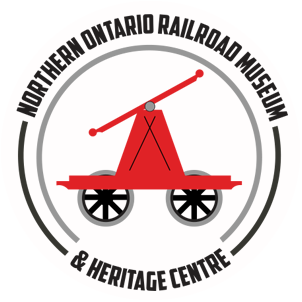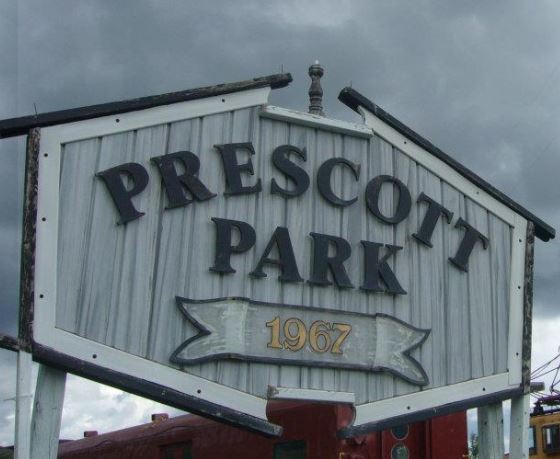The Northern Ontario Railroad Museum & Heritage Centre (NORMHC) is incorporated as a non-profit organization with its own Board of Directors. Prescott Park is donated to NORMHC by the Town of Capreol. The Town of Capreol Celebrates its 75th Anniversary.
Website developed in partnership with Destination Northern Ontario and FedNor













